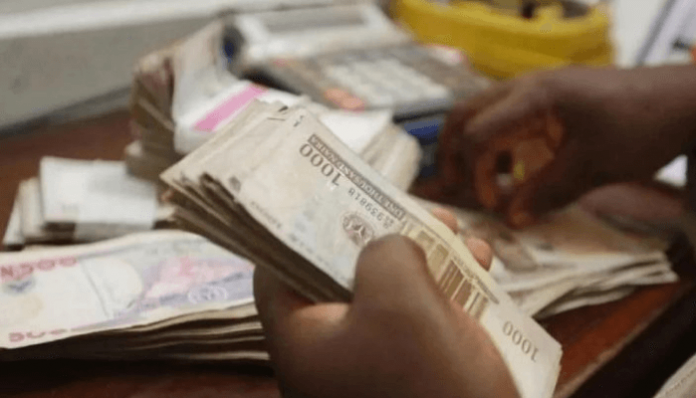In the secondary market, the average yield on Nigerian Treasury bills steadied on Thursday at 5.7% as trading activities ended flattish as investors weigh inflation and an interest rate hike in the week. The rising inflation rate has impacted the real return on Treasury bills instrument in the market. Though, spot rates pricing at the central bank auction signal that demand level remains the main driver on yield direction.
Higher spot rates at the long end of the curve were reversed at the previous auction due to investors’ apathy for short-dated bills. The CBN was able to offer lower spot rates on 182-day and 364-day bills due to large subscription placements or bets by market participants who seek to optimise portfolio returns.
In other news, the average yield increased by 101 basis points to 4.0% in the OMO bills category as market players offloaded local debt market instruments due to decreased liquidity in the banking system. Short-term benchmark rates in the money market rose near 20% on Thursday due to persistent constraints on banking system liquidity.
Notwithstanding inflows from matured Federal Government of Nigeria (FGN) bonds, the market witnessed liquidity difficulties. According to Cowry Asset Management Ltd, the Nigerian interbank offered rate has risen as local lenders with large amounts of free cash want higher rates.
Analysts stated that interbank rate climbed across the board for all maturities tracked as gauges of money market stress tightened. In the money market, short-term benchmark rates, such as the open repo rate (OPR) and the overnight lending rate (OVN), rose to 18.50% (from 18.38%) and 19.00% (from 18.75%), respectively.
This reflects the prevailing market conditions as the policy rate was increased to 18.00% by the monetary policy committee (MPC) of the Central Bank of Nigeria (CBN). The market receives more than N23 billion as an inflow from FGN bonds coupon payments. The liquidity level in the market has been draining following high subscriptions seen on government instruments in the first quarter of 2023.














